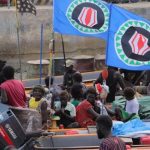At YPT, we’re all about bold adventures, forgotten islands, and going where few have gone before. One such destination, almost mythical in its remoteness, is Jan Mayen, an icy volcanic island in the middle of the Arctic Ocean. So where is Jan Mayen, can you visit it, and what is there to see? Let’s break it down.
Table of Contents
Geography and geology of Jan Mayen
Jan Mayen is a narrow, crescent-shaped island situated at approximately 71°N latitude and 8°W longitude, 600 km northeast of Iceland and about 950 km west of mainland Norway. The island covers 377 km², but due to its harsh climate and remote location, it remains uninhabited save for a rotating team of about 18 personnel stationed at the Norwegian military and meteorological base in Olonkinbyen.
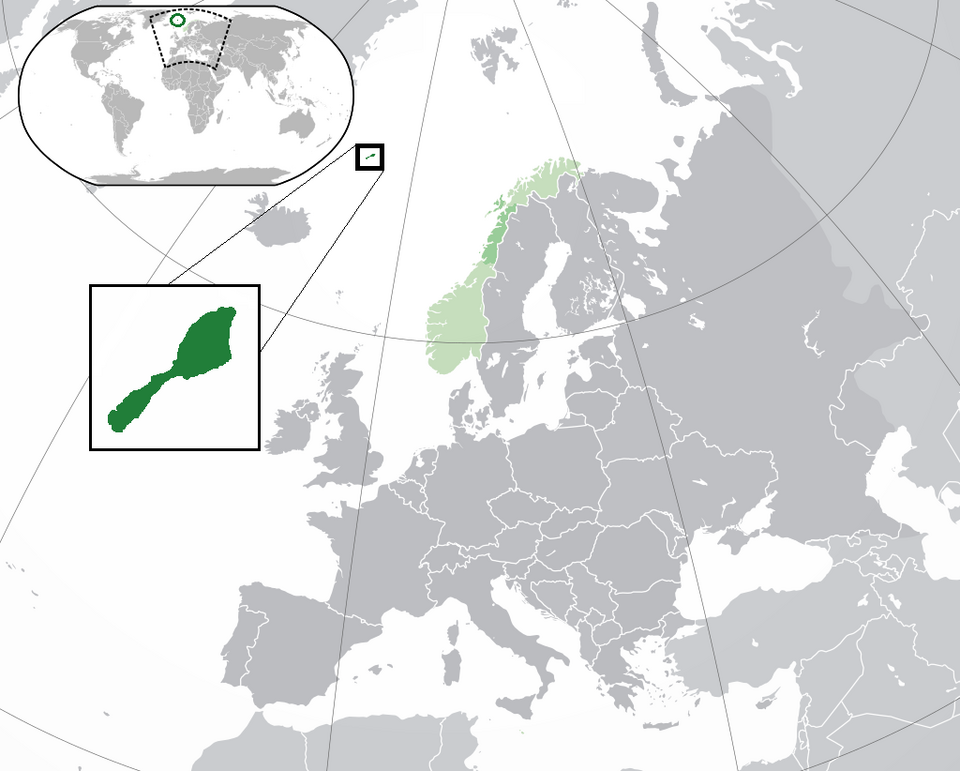
The island is volcanic in origin, sitting on the Jan Mayen Microcontinent, a submerged fragment of continental crust between the Greenland and Norwegian seas. The dominant geological feature is Beerenberg, the world’s northernmost active volcano, which last erupted in 1985. Measuring 2,277 metres, Beerenberg is cloaked in glaciers that reach down to the sea.
The eastern part of the island (Nord-Jan) is a glacier-covered massif, while the western part (Sør-Jan) is mostly ice-free and lower in elevation, though still rugged and barren. The landscape includes lava flows, pyroclastic cones, ice caps, black sand beaches, and fjord-like inlets.
A brief history of Jan Mayen
Though the island was likely known to Norse seafarers, the first documented sighting came in 1614, when Dutch navigator Jan Jacobszoon May van Schellinkhout stumbled upon it while seeking whaling grounds. The Dutch, followed by the English, quickly realised its value as a base for the booming 17th-century Arctic whaling industry.
During the height of the whaling era (1615–1638), temporary camps dotted the coast, but the harsh climate and isolation made long-term habitation impossible. After the whalers abandoned it, the island fell into obscurity for centuries, visited only occasionally by seal hunters and scientific expeditions.
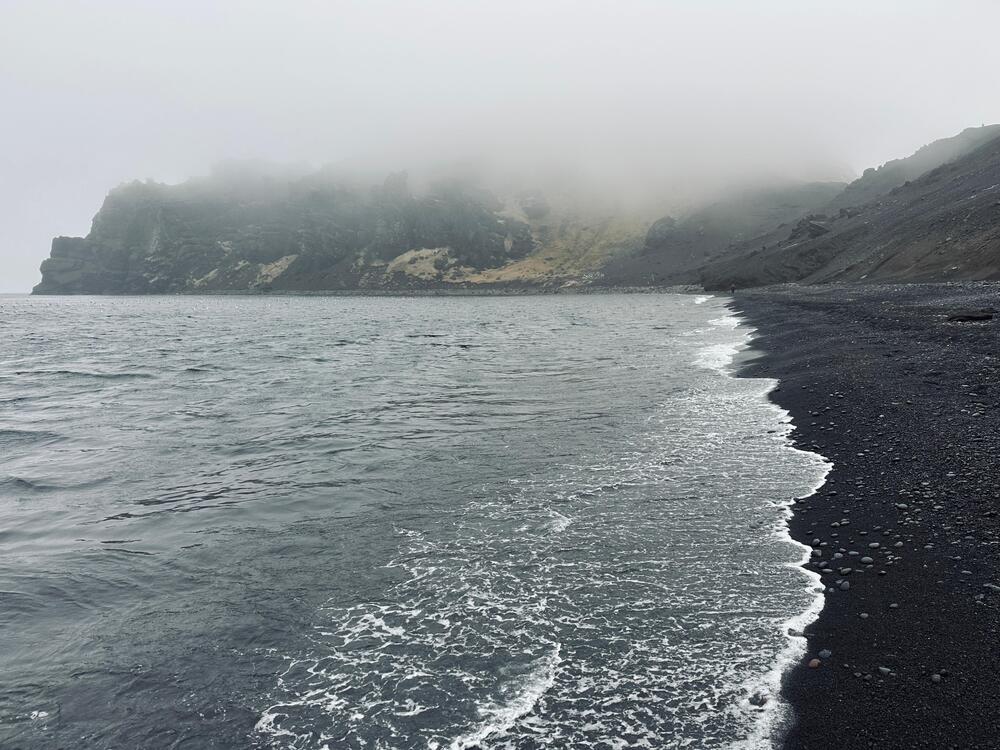
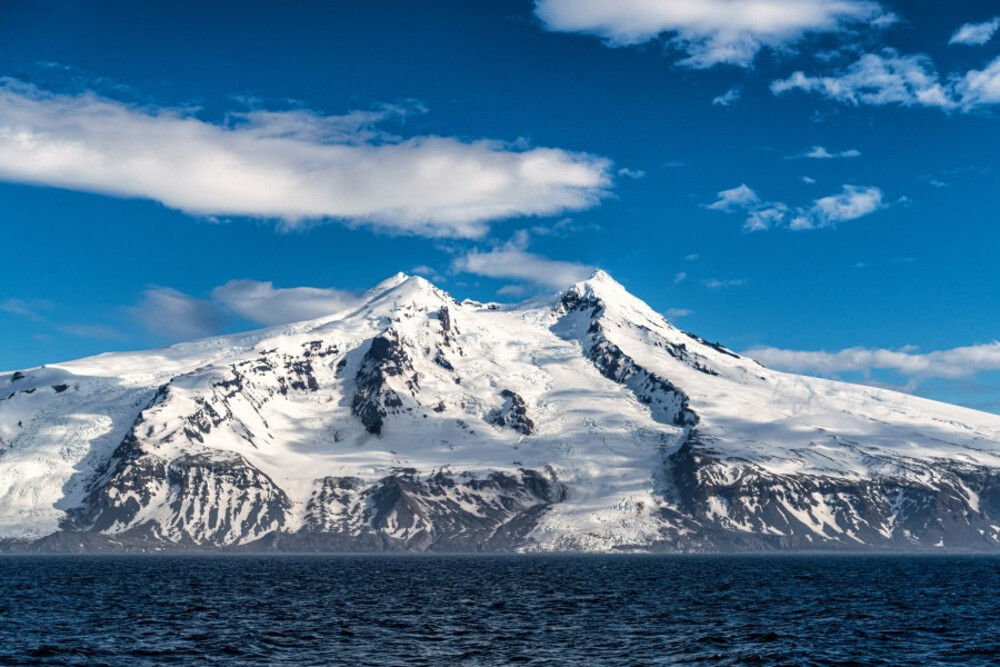
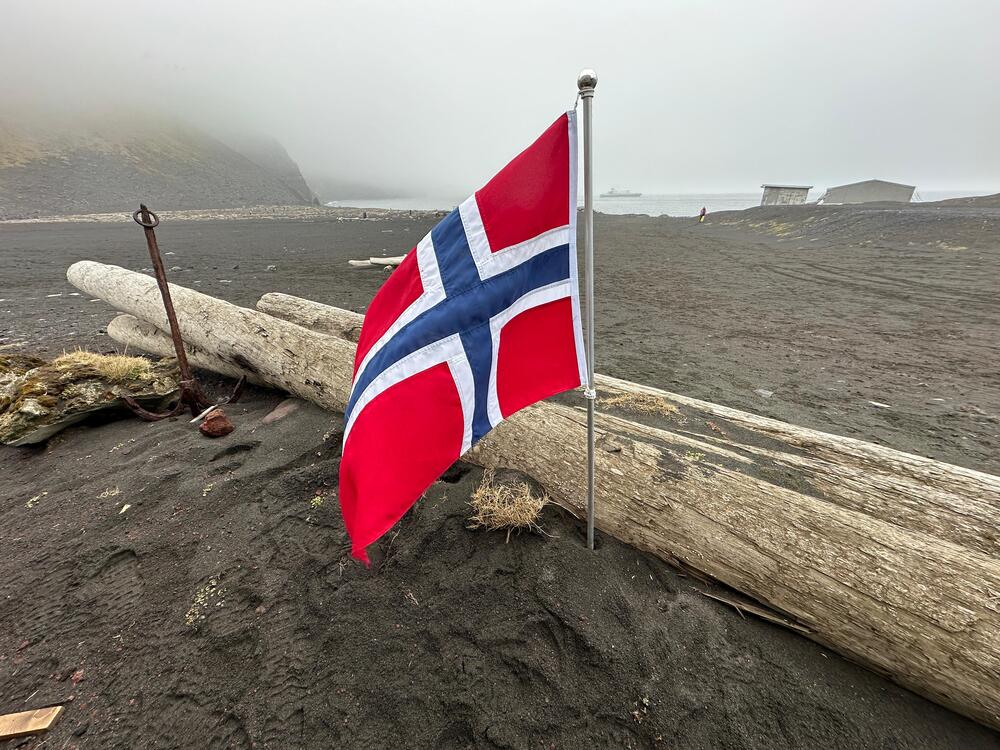
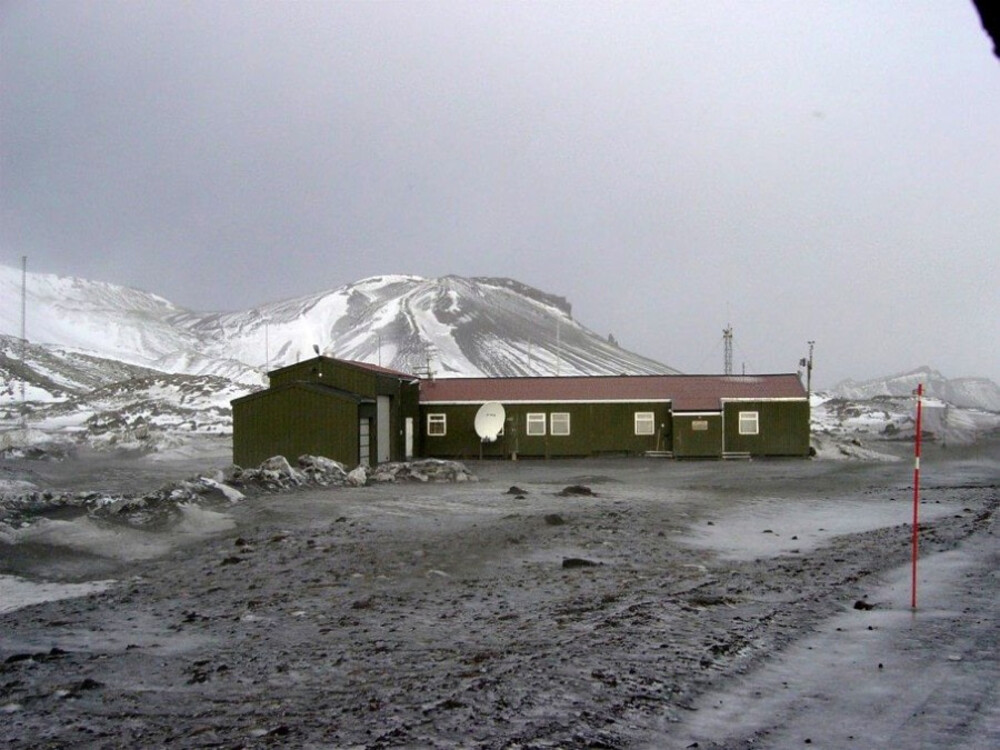
In the early 20th century, Norway asserted sovereignty over it, partly to prevent foreign use of the island for transatlantic radio stations. This claim was formalised in 1929, and it became fully integrated into the Kingdom of Norway in 1930. During WWII, the island served as a meteorological outpost and was involved in clandestine operations against the Nazis.
Today, Jan Mayen remains a strategically positioned military and meteorological station, with Norway maintaining a year-round presence via the Norwegian Armed Forces and Meteorological Institute.
Can you visit Jan Mayen?
Yes, but it’s not easy.
The island is not open to general tourism. It is a nature reserve, and access is highly restricted. All visits must be pre-approved by Norwegian authorities, and landings are only permitted under strict environmental guidelines. Independent travel to the island is practically impossible, as there are no ports, no airports, and no regular transport links.
Your best option? Join us on our Across the Arctic Circle: Fair Isle, Jan Mayen and Spitsbergen cruise. Not only do we handle the permits and logistics, but you’ll be part of a group of pioneers setting foot on one of the most elusive places on Earth.
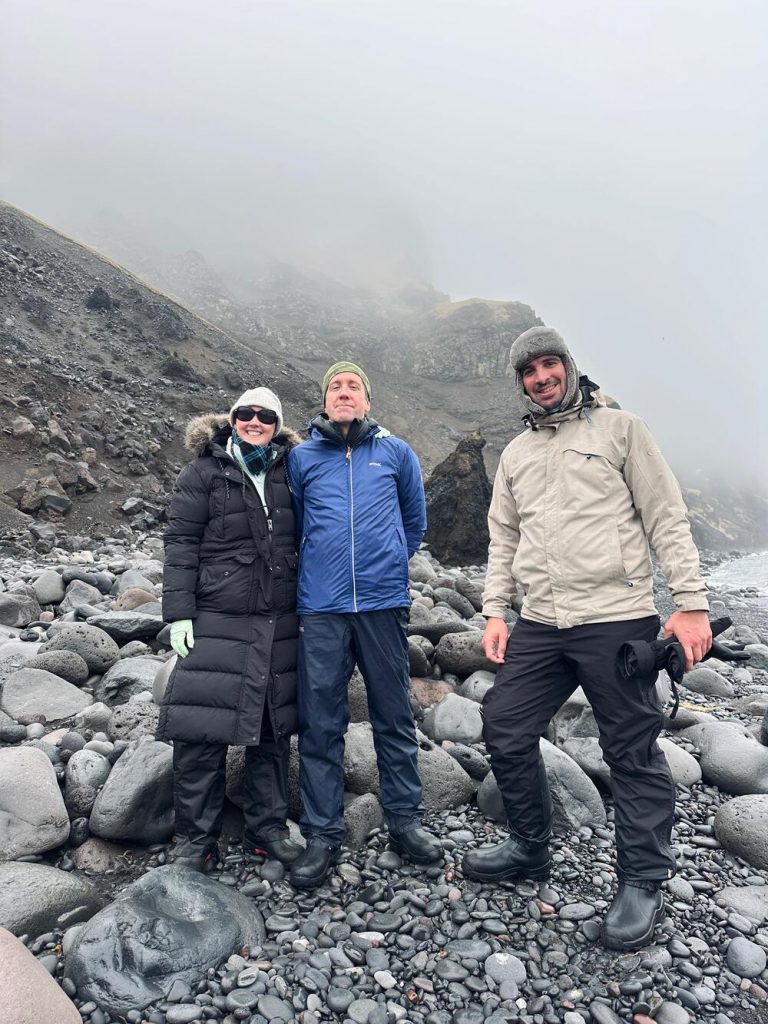
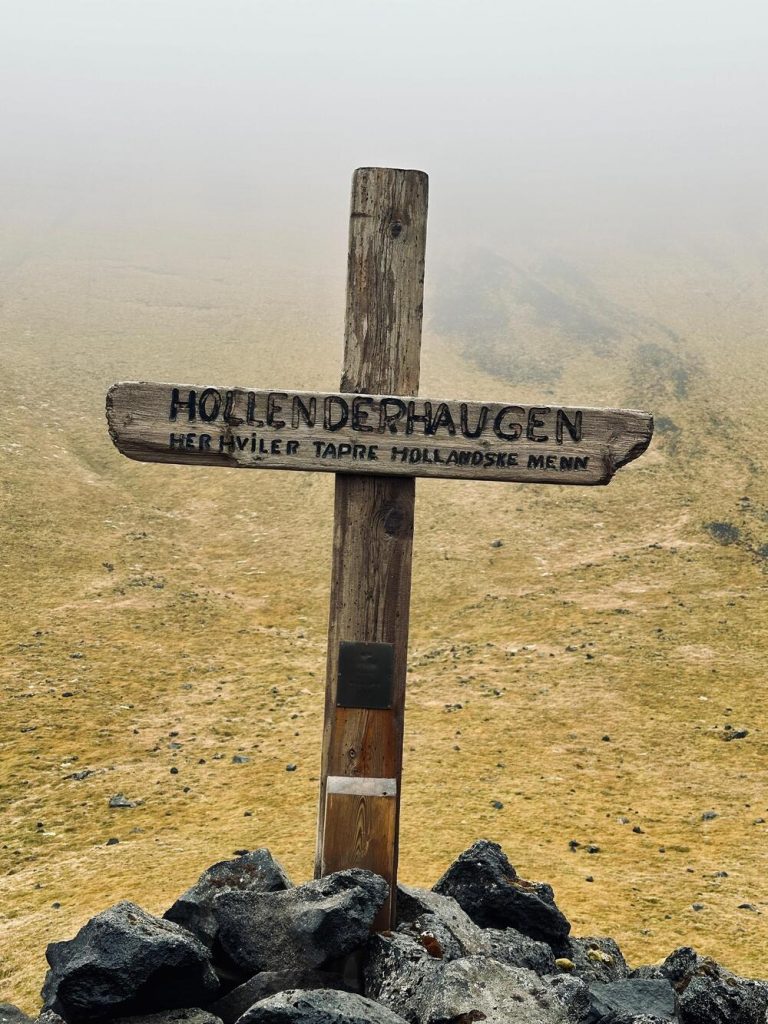
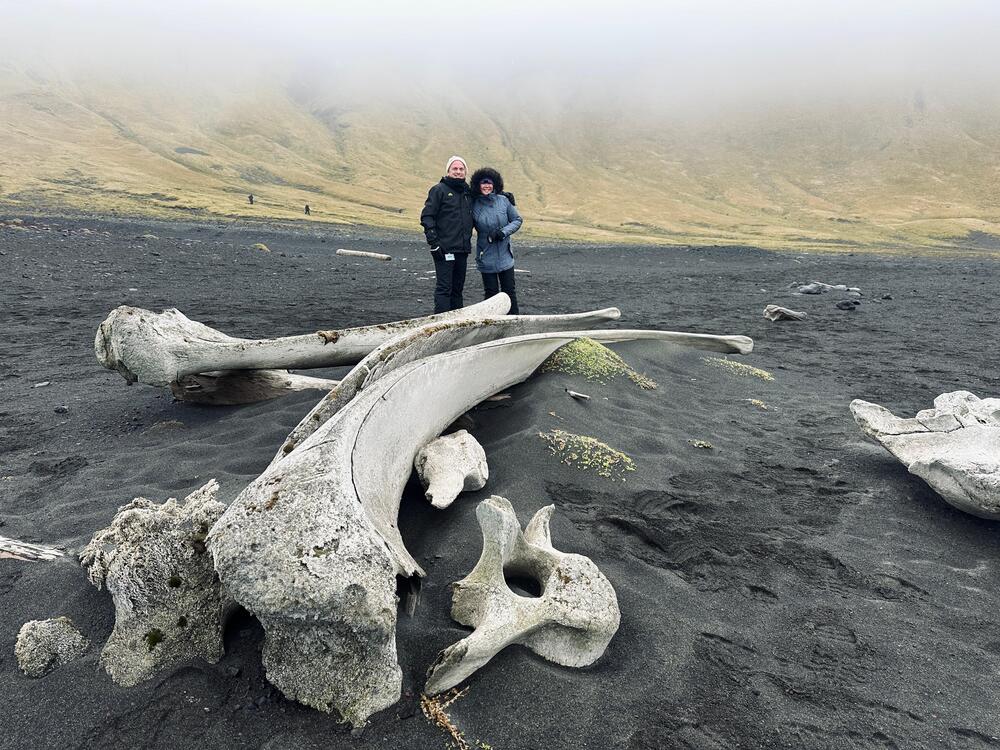
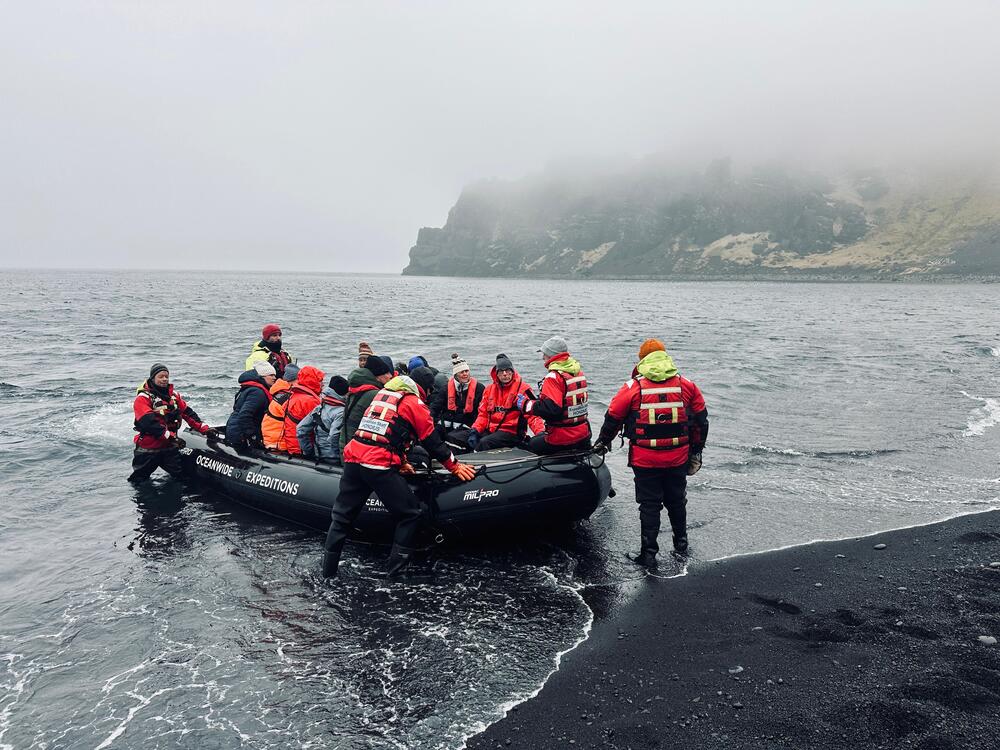
What is there to see on Jan Mayen?
Despite (or perhaps because of) its desolation, Jan Mayen is beautiful in a stark, alien way:
- Beerenberg Volcano: Standing like a sentinel over the Arctic Ocean, the glacier-covered volcano is a jaw-dropping sight, especially if weather allows a rare landing near its lower slopes.
- Kvalrossbukta and Eggøya: Historic whaling sites and dramatic black-sand beaches with relics of past expeditions. Eggøya is a volcanic crater breached by the sea.
- Seabirds & Seals: Arctic skuas, puffins, fulmars, and kittiwakes nest along the cliffs. You may also spot bearded seals lounging on the shores.
- Olonkinbyen: The island’s only inhabited settlement, a small cluster of buildings home to a weather and radio station.
Add to that: the eerie silence, drifting sea ice, surreal light conditions, and the knowledge that very, very few people have ever seen what you’re seeing.
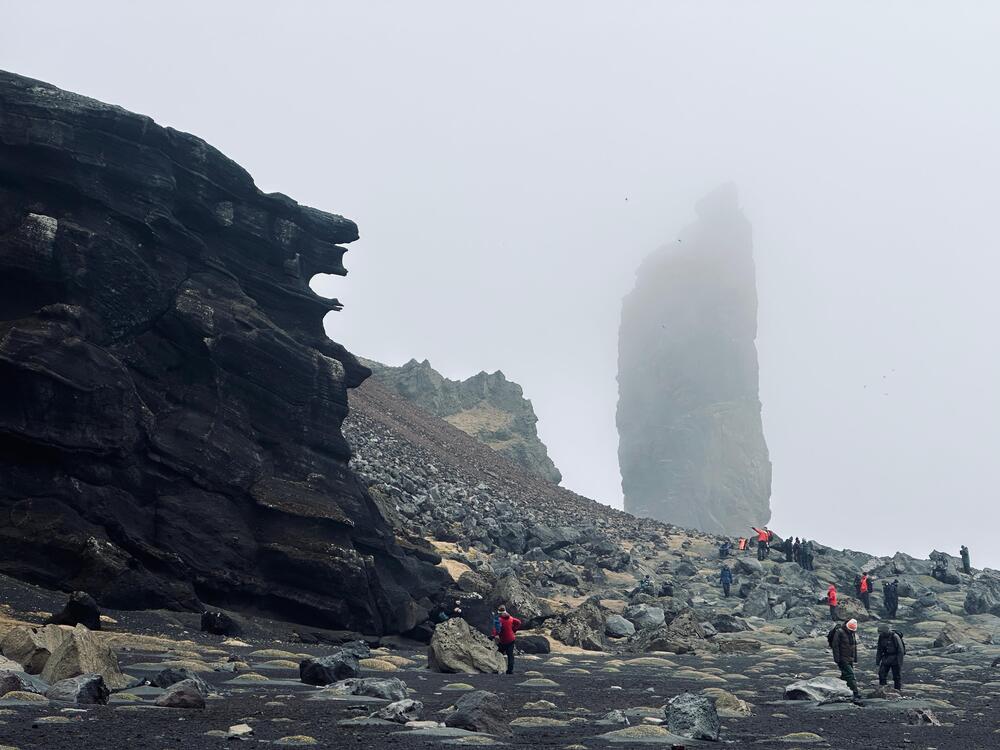
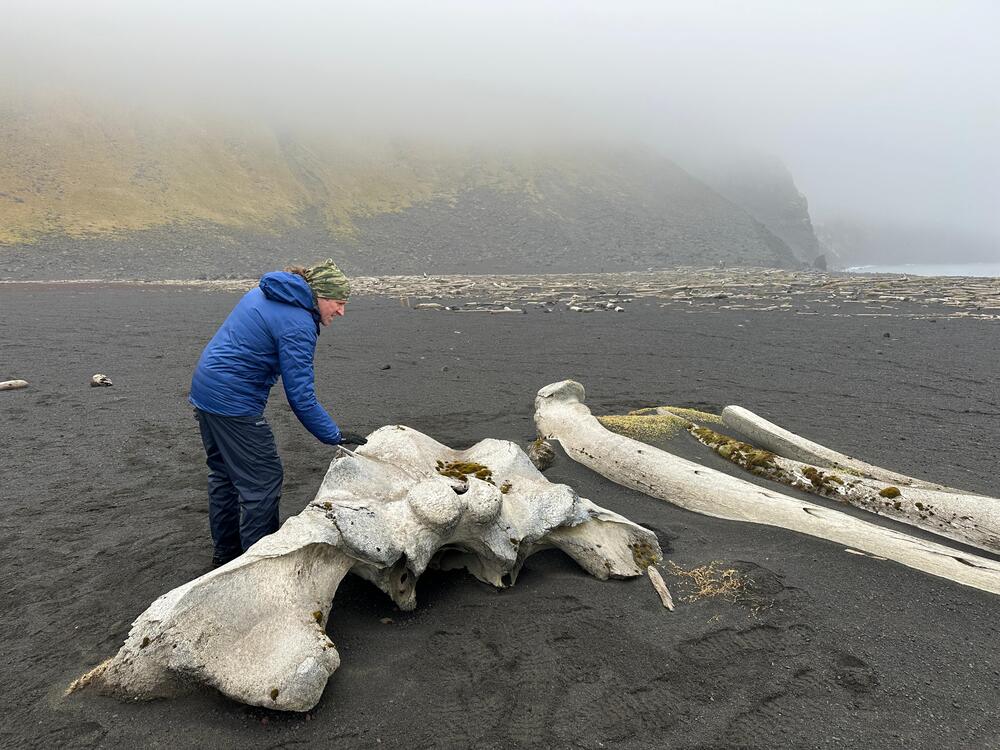
How many people have ever visited Jan Mayen?
There are no official visitor statistics kept by the Norwegian authorities, but we can make an informed estimate. A handful of scientific, military, and radio personnel rotate through each year, while expedition cruise landings are limited to just a few hundred people annually, depending heavily on sea conditions.
Total estimated visitors since the island was discovered 400 years ago? Likely under 10,000 people; possibly far fewer. That makes the island one of the least-visited places on Earth. In comparison, more people visit Antarctica in a single season than have ever stood on Jan Mayen.
If you’re looking to join a truly exclusive club of explorers, this is your chance.
What’s the Link Between Jan Mayen and Svalbard?
Though separated by several hundred kilometres of open Arctic Ocean, Jan Mayen and Svalbard are deeply connected as part of Norway’s Arctic domain.
- Sovereignty: Both are under Norwegian control, though Svalbard is governed by the unique international Svalbard Treaty, while Jan Mayen is fully integrated into Norway.
- Strategic Role: Jan Mayen supports meteorological and defence operations; Svalbard is a key hub for Arctic research, hosting international stations and the famous Global Seed Vault.
- Shared History: Both islands were vital in the 17th-century Arctic whaling boom, used by Dutch and English fleets as seasonal hunting grounds.
- Geological Kinship: Both islands lie along the Mid-Atlantic Ridge, shaped by powerful tectonic and volcanic forces.
- Modern Expedition Route: Today, expedition cruises like ours combine both places into one epic Arctic journey, a rare chance to explore Norway’s most remote northern edges in one voyage.






